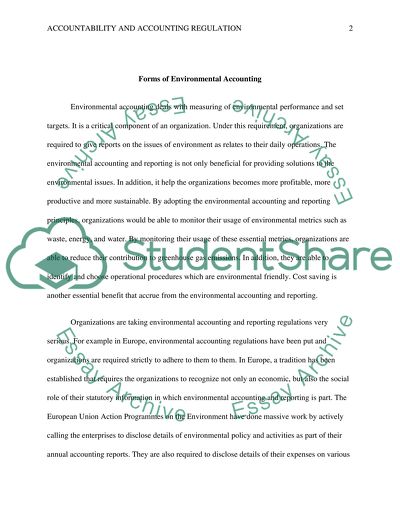Cite this document
(“Understanding Company Accounts and reports Essay”, n.d.)
Understanding Company Accounts and reports Essay. Retrieved from https://studentshare.org/finance-accounting/1636603-understanding-company-accounts-and-reports
Understanding Company Accounts and reports Essay. Retrieved from https://studentshare.org/finance-accounting/1636603-understanding-company-accounts-and-reports
(Understanding Company Accounts and Reports Essay)
Understanding Company Accounts and Reports Essay. https://studentshare.org/finance-accounting/1636603-understanding-company-accounts-and-reports.
Understanding Company Accounts and Reports Essay. https://studentshare.org/finance-accounting/1636603-understanding-company-accounts-and-reports.
“Understanding Company Accounts and Reports Essay”, n.d. https://studentshare.org/finance-accounting/1636603-understanding-company-accounts-and-reports.


